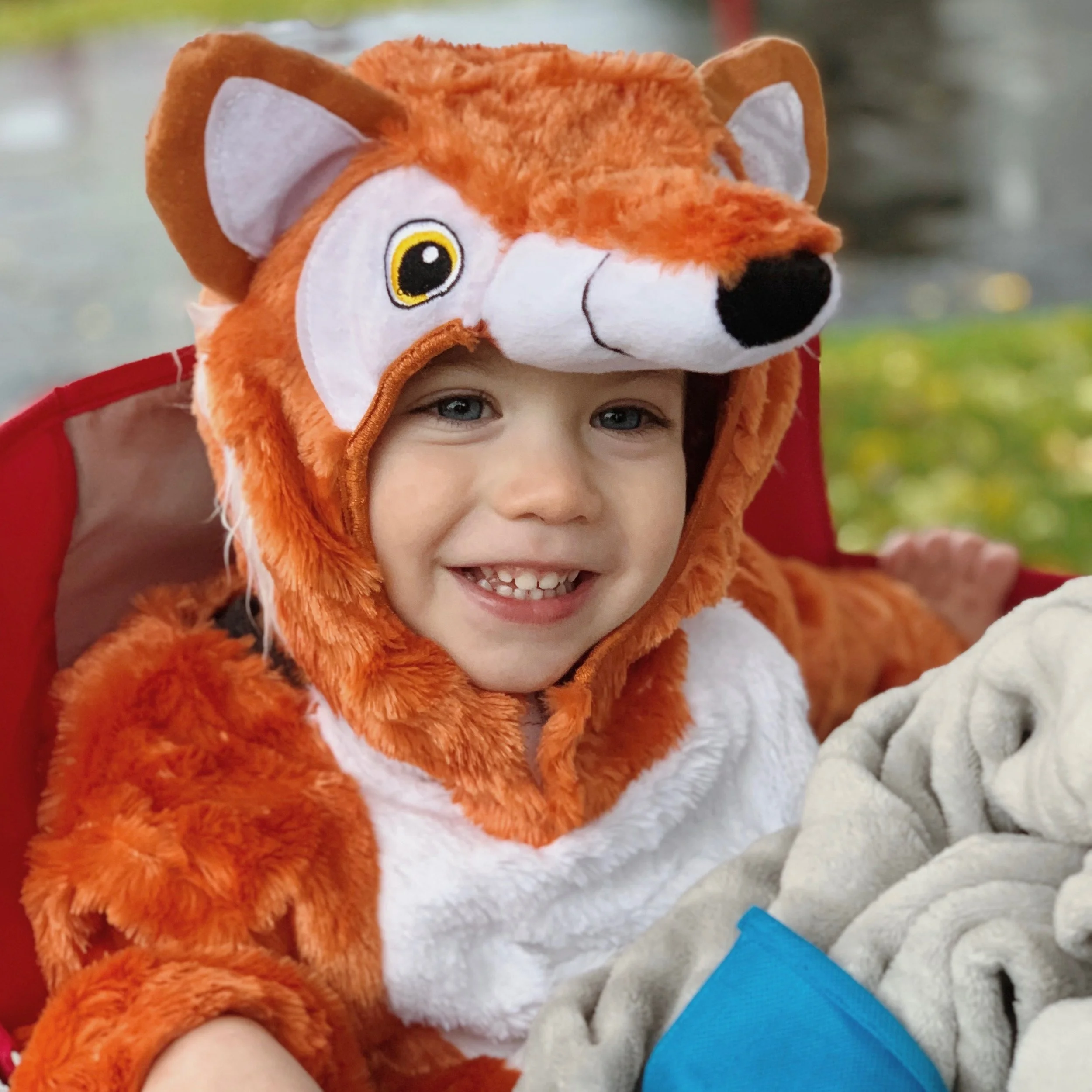Fewer Tricks, More Treats
A guide to Halloween success
Halloween can be an excited time for many families - costumes, candy, and neighborhood fun. But for children with autism, trick-or-treating, may come with unique challenges, from sensory sensitivities to changes in routine. With a little planning, you can make the evening enjoyable for everyone.
The best part of Halloween? The smiles that come with it.
Here are some helpful tips:
Practice Ahead of Time
Do a “dry run” before Halloween. Walk the neighborhood in daylight, knock on doors, and practice saying “trick or treat” (or using a communication card). Rehearsals help ease uncertainty and build confidence.
Choose a Comfortable Costume
Costumes can be scratchy, hot, or overwhelming. Prioritize comfort — soft fabrics, tag-free clothing, or even a favorite T-shirt with a Halloween theme. Remember: your child doesn’t have to wear a costume to participate.
Use Visual Supports
Download our My Trick-or-Treating Plan to use as a visual schedule showing what to expect: getting dressed, walking to houses, knocking on doors, saying thank you, and returning home. These visuals provide predictability.
Set Clear Expectations
Talk about how many houses you’ll visit, how long you’ll be out, and what to do with the candy afterward. Having boundaries helps prevent overwhelm.
Bring Sensory Supports
Noise-canceling headphones, fidgets, or a small comfort item can make the experience easier if your child becomes overstimulated.
Stay Flexible
If your child prefers to hand out candy instead of going door-to-door, that’s okay! Create a role at home where they can still feel included.
Celebrate Their Way
Halloween is about fun, not pressure. Whether your child visits 20 houses, 2 houses, or none at all, celebrate their effort and the way they enjoy the holiday.

